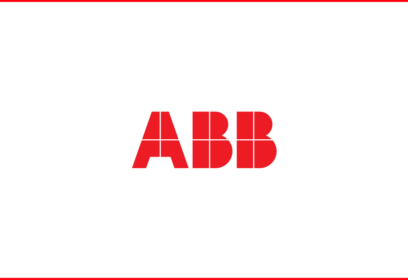Optimizing operational efficency: SOPs, Work Instructions and Flow Charts

Standard Operating Procedures (SOPs), Work Instructions and Flow Charts help workers, in particular new hires and junior figures, carry out routine operations. Let’s see how…
SOP and Work Instructions
SOPs and Digital Work Instructions are both essential components in the fluency of organizational processes in industrial companies, but they serve distinct functions and operate at different levels of detail.
Standard operating procedures relate to wider procedure outlines: their implementation provides a comprehensive framework for activities, within an organization, by detailing:
They are high-level documents which mark out an extensive view of business practices, encompassing overall planning, oversight, and the responsibilities associated with executing operational procedures.
In contrast, work instructions are digital procedures offering precise and detailed guidance on executing specific tasks: they detail the explicit directions on how to perform each step effectively, resulting particularly useful for training and formation of technicians.
Discover Digital Work Instructions to guide your operators and how to improve efficency and quality in Manufacturing
Standard Operating Procedures vs. Flow Charts
Standard Operating Procedures are less about the granular how-to of tasks and more about the what and why of overall operations.
They set the stage for consistent and efficient execution of tasks across the entire organization and ensure compliance with industry standards and regulations.
On the other side of the spectrum are Flow Charts: highly detailed representations of the successive sequence of operations or processes. With flow charts, complex processes are breaking into simpler and more manageable steps: it is so easier to identify inefficiencies in a process.
Between these extremities are the Work Instructions: detailed, step-by-step digital guidalines necessary to execute specific tasks within those broader frameworks.
Find out How to reduce downtime in manufacturing and increase productivity and Provide clear, functional and high-performing operational instructions
Industrial know-how transfer
In order to boost industrial productivity and improve company efficency SOP and Work Instructions have to be integrated: both play a vital role in ensuring the smooth, efficient, and effective functioning of an organization’s operations.
Moreover this integration speeds up knowledge transfer in industrial companies: newly hired personnel can benefit from Work Instructions operationally (junior technicians) and in terms of alignment with standard operative company best practices.


